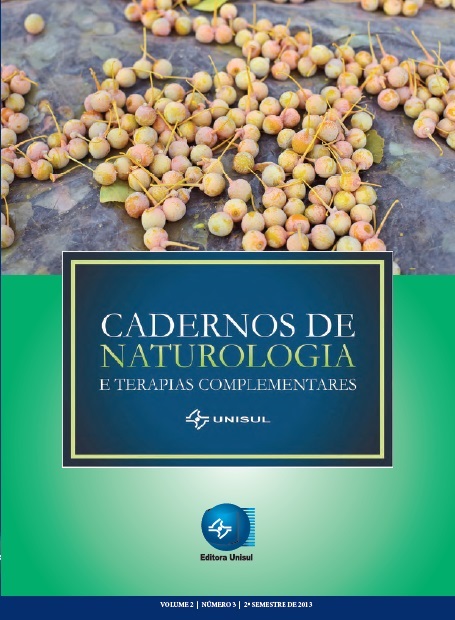Influence of foot reflexology in sleep quality: case study
DOI:
https://doi.org/10.19177/cntc.v2e3201367-75Keywords:
Foot reflexology, Sleep, Sleep disordersAbstract
Sleep is the result of a complex mechanism involving the join action of several areas of the nervous system. The sleep-wake cycle is essential to restore organ functions. In modern society, the daily activities producing stress can trigger insomnia. The insomnia is defined as difficulty initiating sleep and/or maintaining sleep, presence of non-restorative sleep, inadequate and poor quality for a period not less than one month. Primary insomnia is associated with a high level of alertness physiological and psychological overnight and negative conditioning to sleep. The treatment consists of pharmacological and nonpharmacological therapies, among these, is the foot reflexology, a technique of massage therapy which through pressure on different regions of the feet, reaches reflex the corresponding organs, revitalizing and rebalancing the body. The aim of this study was to determine the effects of foot reflexology technique on sleep quality in the form of case study in three volunteers who received six to eight complete sessions of technique for 30 minutes, weekly. The index the Pittsburgh Sleep Quality (PSQI) was used as an evaluation tool, immediately before and after the sessions. The results showed a positive effect in improving the quality of sleep in two volunteers, demonstrating that this technique of massage can be a promising feature complementary to conventional medical treatment. Studies should be conducted to a greater understanding about its mechanism of action and standardization of results.Downloads
Published
2013-12-06
Issue
Section
Experience reports and clinical case studies


